What Color Grow Light is Best? Why Grow Lights Are Purple?

Introduction
Grow lights shine purple because they are arrays of bluish and reddish LEDs. But what color of grow light is best? Plants are most efficient at absorbing blue and red light for photosynthesis, producing sugars essential for many of the plant’s metabolic processes.
In this article, we’ll explore why blue and red are key, if any other colors are useful, and why purple light has its advantages.

Fig 1 Photo by Kara Eads on Unsplash
- What Color Grow Light Is Best?
- Why Blue Light? Getting the Best Energy Efficiency
- Why Red Light? Extending the Range of Light Absorption
- Why Do Grow Lights Appear Purple, and How Does This Benefit Plants?
- What Light Color Is Least Effective in Growing a Plant?
- Purple Grow Lights Make Sense, but What About Full-Spectrum Lights?
- Purple, White, Blue, and Red Lights: How They Differ in Plant Growth
- How to Ensure Your Grow Lights Target the Right Colors
What Color of Grow Light Is Best?
Bluish and reddish lights are especially effective for plant growth. But should you prioritize blue or red light, or are other colors also useful?
Why Blue and Red Light?
Visually, plant leaves are mostly green, which means they reflect that color – but as you can see, blues and reds are not reflected – they are absorbed by the leaf, and used in photosynthesis.
Chlorophylls Love Blue and Red Light
Chlorophyll are molecules that are buried in a plant cell and are used to absorb light and convert it into chemical energy (eventually used to produce sugar).
There is Chlorophyll-b, whose peak absorbance is blue light. There is also Chorophyll-a whose peak absorbance is red light. Figure 2 is an absorbance chart that shows this. Note that sensitivity to green colors, although less absorbed, still can contribute to light absorption.

Fig 2 Chlorophyll absorption chart.
Why Blue Light? Getting the Best Energy Efficiency
The wavelength frequency of a blue photon is very short and, therefore, highly energetic. Even though a blue photon, pound for pound, doesn’t directly increase chlorophyll activity compared to the red photon, blue photon energy catalyzes many of the biochemical reactions surrounding the entire process.
In fact, farmers will add supplemental blue light to stimulate crop production, making blue light a valuable energy source for plants.
It’s most likely an evolutionary feature that photosynthesis takes advantage of blue photon energy as the best bang-for-buck energy source for contributing to photosynthesis.
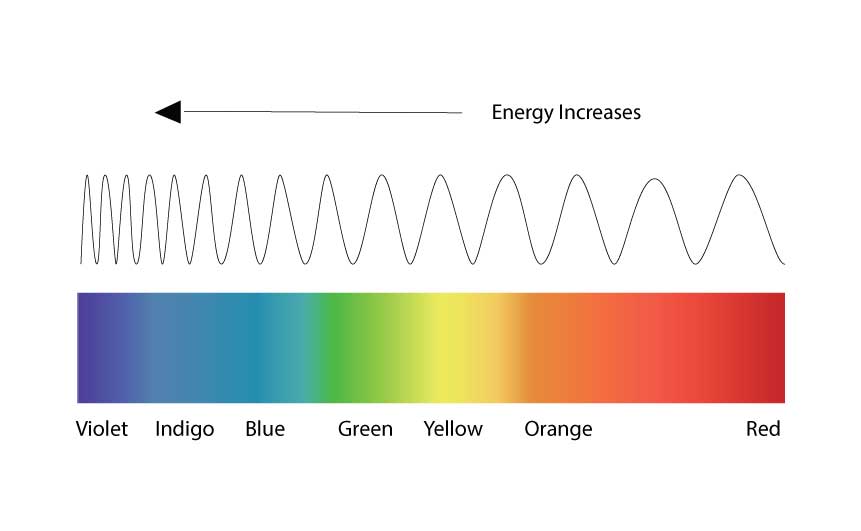
Fig 3 Blue light has shorter frequencies and is more energetic
Why Red Light? Extending the Range of Light Absorption
Chlorophyll-a’s and to a lesser extent Chlorphyll-b’s ability to absorb red light simply extends the range of colors that contribute to photosynthesis. Another evolutionary feature.
Actually, Chlorophyll-a peak absorption further widens this range in both directions compared to Chlorphyll-b (Fig 4).
Where Are Chlorophyll-a and Chlorophyll-b Located? (Deep Dive)
Chlorophyll-a and Chlorophyll-b are buried deep in plant cells, particularly in the green leaves. Inside the cell, there are pancake-like structures called Thylakoids (figure 5). These Thylakoids have a membrane, which contains the factory where light is absorbed and processed into chemical energy for making sugar.
Figure 6 shows this factory and two important stations: PS-II and PS-I. PS-II contains more Chlorophyll-b light-absorbing molecule, while PS-I contains more Chlorophyll-a.

Fig 6 Chlorophyll-b in PS-II, Chlorophyll-a in PS-I
Why Do Grow Lights Appear Purple, and How Does This Benefit Plants?
Because both blue and red light are essential for plant growth, many grow lights use a combination of these two colors, creating a purple hue.
This purple light is a practical way to deliver the ideal wavelengths for chlorophyll absorption, combining the strengths of both blue and red light to optimize photosynthesis and support plant health.
For indoor agriculture, this blend maximizes growth efficiency, making purple grow lights a smart choice.
What Light Color Is Least Effective in Growing a Plant?
Green light is the least effective for plant growth, as plants naturally reflect green wavelengths rather than absorb them. However, green light can still play a minor supporting role by penetrating deeper into the canopy and reaching lower leaves.
Purple Grow Lights Make Sense, but What About Full-Spectrum Lights?
It makes sense for grow lights to shine purple with blue and red LED bulbs. They are adapted to efficiently target Chlorophyll molecules highly absorptive in those color ranges, as proven through experimentation and data.
It’s a feature of nature’s marvelous evolutionary consequence – Survival of the fittest.
However, aside from Blue-Red Grow Lights, there is another camp that promotes full-spectrum lighting. In the next article we will explore that.
Purple, White, Blue, and Red Lights: How They Differ in Plant Growth
Each light color offers distinct advantages for plant growth.
- Purple Light: Combines blue and red, targeting both Chlorophyll-a and Chlorophyll-b, ideal for photosynthesis.
- White Light: Full-spectrum light that includes green and other wavelengths, mimicking natural sunlight and allowing for balanced growth.
- Blue Light: High-energy light that catalyzes photosynthesis and influences plant shape and growth habits.
- Red Light: Promotes flowering and fruiting, extending the effective range of photosynthesis.
These variations offer unique benefits depending on the growth stage or type of plant.
How to Ensure Your Grow Lights Target the Right Colors
It’s important to ensure you hit the “sweet spot” when purchasing grow lights or adjusting the colors on your Dynamic LED lights. This is done using “Spectral” PAR meters to measure the color spectrum and compare it to a absorption curves.
Top-end indoor farmers and agriculture researchers employ this device as a must-have tool for optimizing efficiency and productivity.
Conclusion
Choosing the right color for a grow light is crucial for plant health. Purple grow lights, made up of blue and red LEDs, are effective at maximizing light absorption for photosynthesis, thanks to nature’s evolutionary design. While many believe purple is best, full-spectrum lights offer another approach. In sum, understanding the colors of grow lights, especially the effectiveness of purple light, is key to optimizing plant growth.
PG200N Spectral PAR Meter
Spectral PAR measurement allow farmers and researchers the advantages of expert lighting, measuring peak color wavelengths to ensure grow lights are hitting the sweet spots for efficient photosynthesis.
Hot Product
Handbook Series
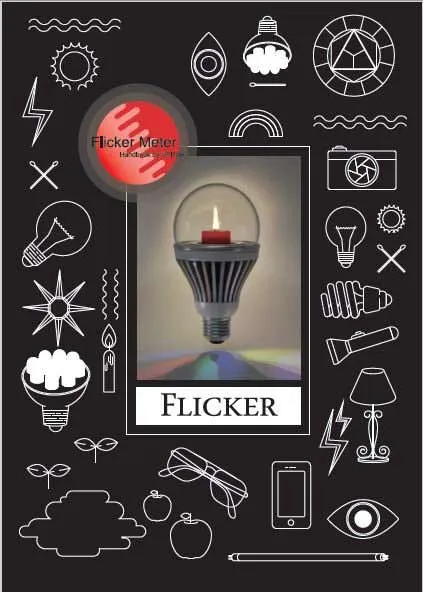
The Flicker Handbook
Everything thing you need to know about Flicker, an insidious, potentially serious lighting artifact impacting visual safety for public places like hospitals, offices, libraries, and more...
About UPRtek

United Power Research and Technology
UPRtek (est. 2010) is a manufacturer of portable, high-precision light measurement instruments; Handheld Spectrometers, PAR meters, Spectroradiometers, Light Calibration Solutions.
UPRtek HQ, R&D and manufacturing are all based out of Taiwan, with Worldwide representation through our certified Global Resellers.
Latest Articles
Category
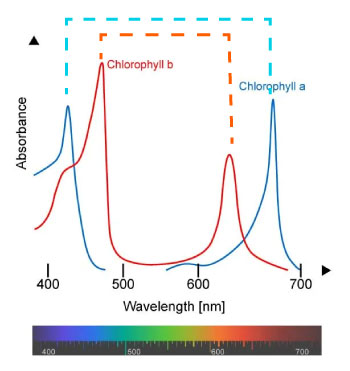

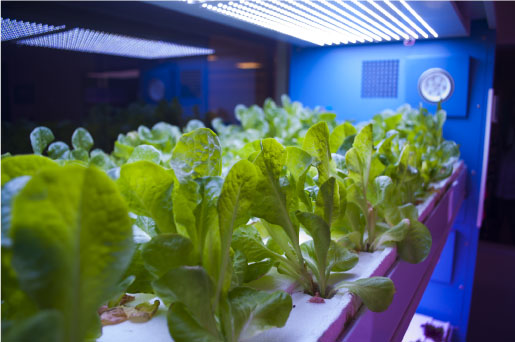
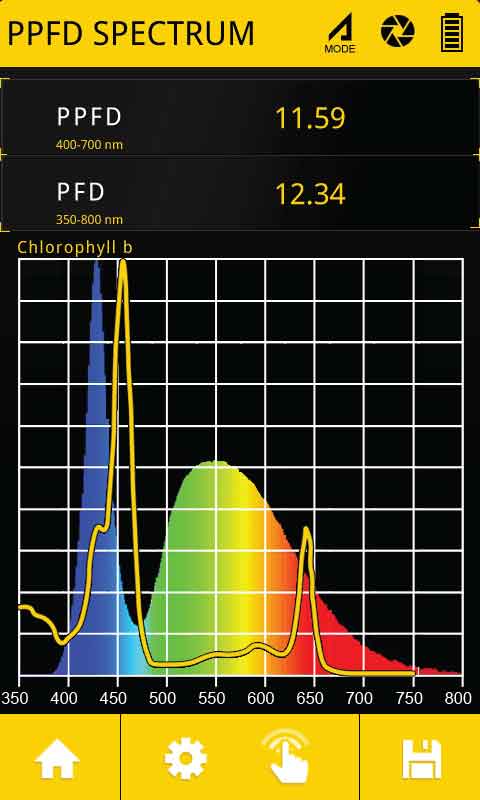
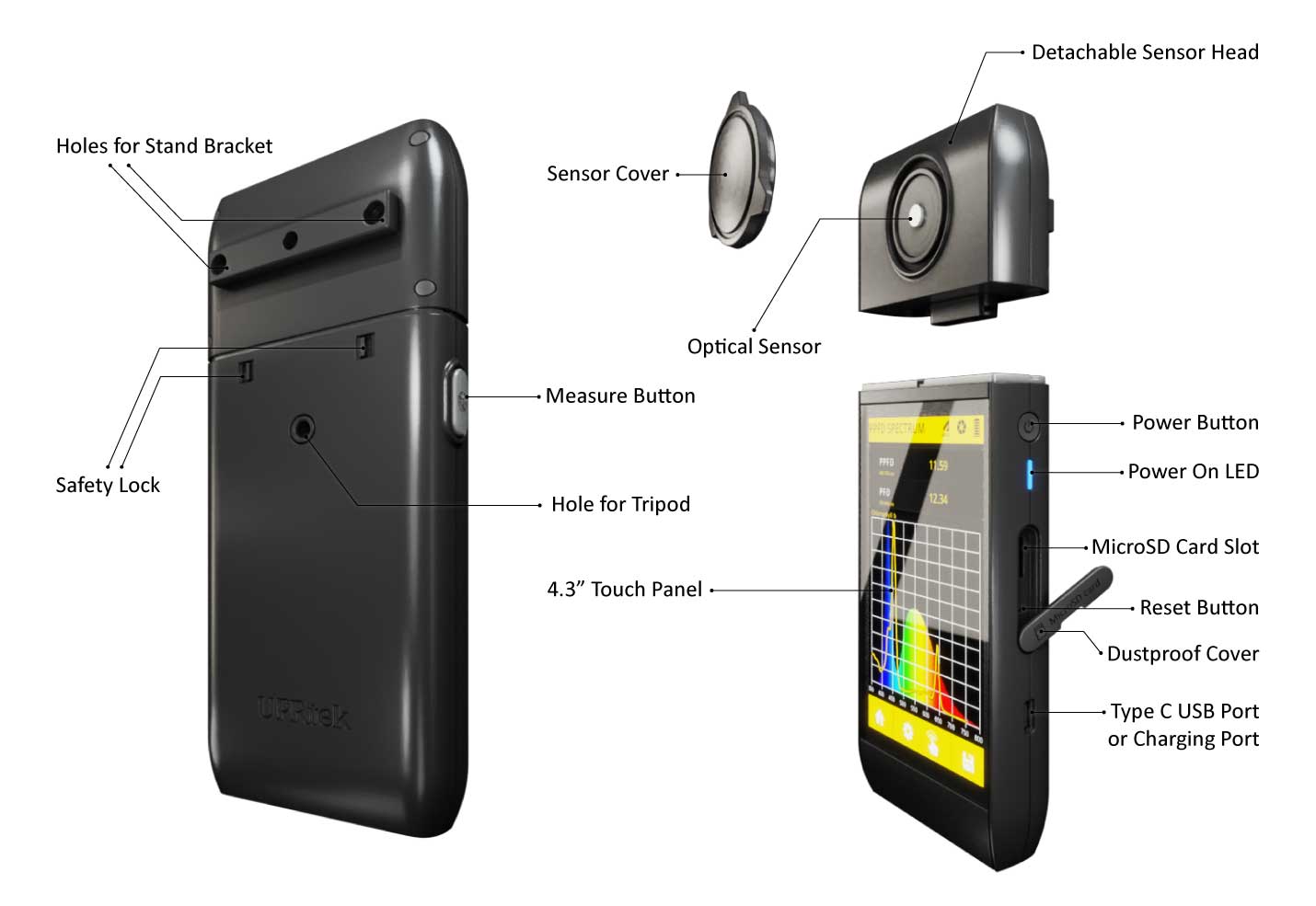







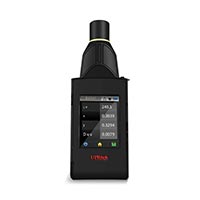

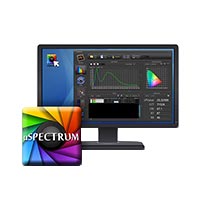
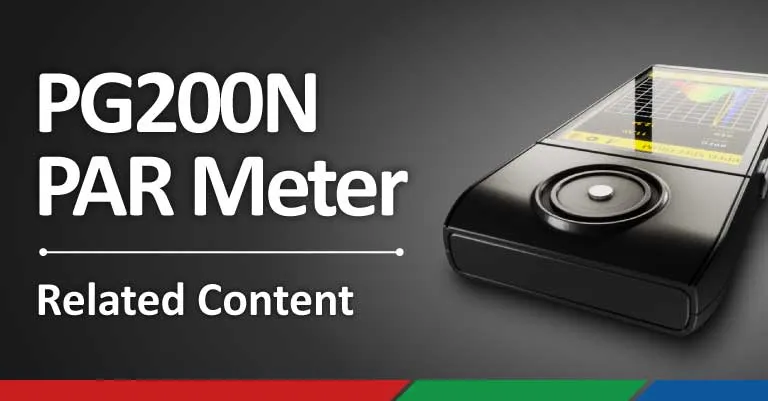
0 Comments